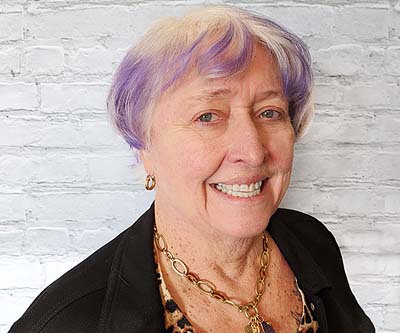Getting bills in patients' hands faster is paying dividends for the physical therapy group.
If you're a healthcare organization that's thinking of improving its payment collections strategy, don't hesitate to pull the trigger, says Janet Carbary.
The CFO of Integrated Rehabilitation Group (IRG) knows all too well the difference payment solutions can make to the bottom line. Since the 40-location physical therapy group based in the Northwest implemented mobile pay, patient collections have doubled while the organization has seen increased financial stability.
At a time when many providers are in turmoil due to the abundant financial challenges in the wake of the pandemic, IRG has opened four new clinics since January thanks to increased cash flows.
Carbary spoke with HealthLeaders on what has been working so well for IRG, how to identify the right technology to invest in and implement, and what other providers should consider when evaluating their collections strategy.
HealthLeaders: With the financial climate right now being what it is coming out of the pandemic, how have you found this time in your role as a CFO of a healthcare organization?
Carbary: Stressful. We had to rethink the way we did lots of things. We were considered essential, so we stayed open through the pandemic, but keeping staff, making our staff feel safe, making our patients feel safe… Even today, one of the biggest things that we have seen as an ongoing result is our no-show and cancellation rates went up pretty dramatically obviously through COVID, but have continued to remain really high. I don't think we'll see them drop back down. That's something that healthcare, especially outpatient settings where it's scheduled appointments, are going to have to deal with that's a little different. We used to average about 12% cancellation, no-show rate, and right now we're sitting at about 20%. That was a big change for us. Certainly staffing has been a big challenge for us.

Janet Carbary, CFO, IRG. Photo courtesy of IRG.
HL: What strategies have you utilized or are looking to in the future to deal with these financial challenges?
Carbary: We continue to grow. We continue to be available. We listen to our patients and what they want. There's a pent-up demand for therapy, so we've been trying to be responsive to that. We've looked for ways to make it more accommodating for our patients. Some of the things that we've done is, in the past you used to come in and have to fill out all the paperwork, or we would mail you the paperwork and you fill it out and bring it in with you. We now do it all online with tablets. Part of that paper trail with patients was we used to mail paper statements and now having electronic, the patient sees their balance immediately. Our patients have been asking for that for a while.
We also implemented technology that does online scheduling. We use software for the intake documentation and for our billing process and it made it very seamless to the patient. People want to access things on their mobile devices these days. They don't want paper. They don't want to deal with it and manage it that way. So those are three major things that we've adopted to make it easier for our patient to manage their care without a lot of barriers.
HL: How do you identify the right technology to invest in and how much of the focus is on improving patient experience?
Carbary: A lot of the focus is about improving the patient experience. We look at a couple of things. What are our patients asking for and complaining about, so to speak. We look at if we implement this, what is the ROI for the company as a whole? Can I have better patient satisfaction? Do I have less cancellations? Am I paid faster? So those are all things that I look for when we bring in new technology. If my COO had her way, we'd have all the bells and whistles. It's a slow roll out there.
Part of it is, in healthcare and technology, all the different systems don't often play nice together. That's always a challenge, getting them to interface. We looked for a long time for a mobile pay company and it was out there, but it unfortunately didn't interface with our EMR and our billing system. And then we found PatientPay and it did, so that that was a no-brainer for me to get the bills in patients' hands faster.
HL: For other providers that may be considering evaluating their collections strategy, what advice would you give them?
Carbary: Do it. If you can get the bill in the patient's hands sooner, you're going to get paid sooner. I know what happens in my home if I get a paper statement, it goes in a stack. And that's what was happening, it wasn't that people didn't want to pay their bill, it was just an antiquated process that didn't fill in with their workflow anymore. So anybody that's considering it, just do. Pull the trigger, you will not regret it.
Jay Asser is the contributing editor for strategy at HealthLeaders.
KEY TAKEAWAYS
Integrated Rehabilitation Group CFO Janet Carbary shared with HealthLeaders how her organization's implementation of mobile pay has created financial flexibility and stability.
The physical therapy group has doubled patient collections and opened four new clinics with the increased cash flows.
Carbary also gave insight on how to pursue the right technology and why listening to patients' wants and concerns can be financially rewarding.
